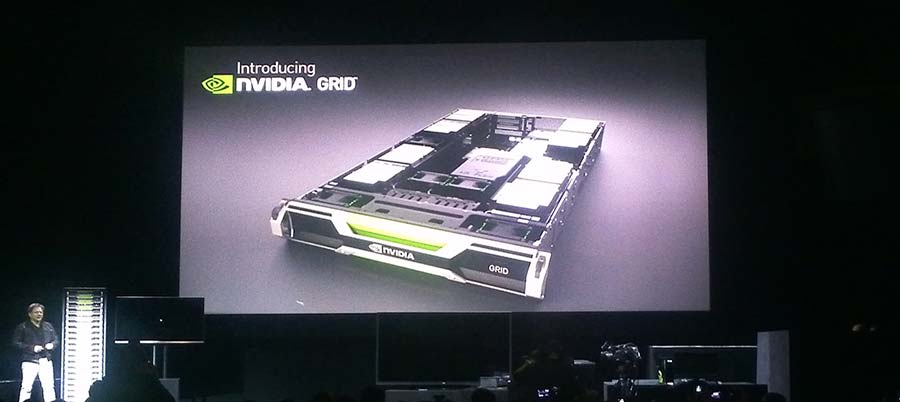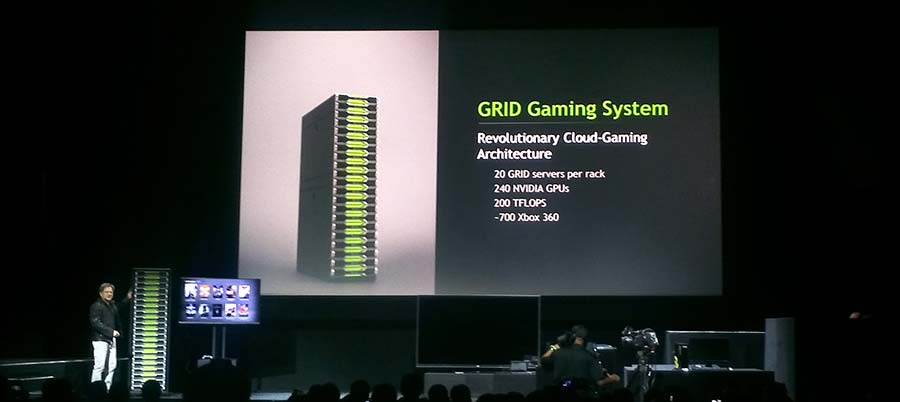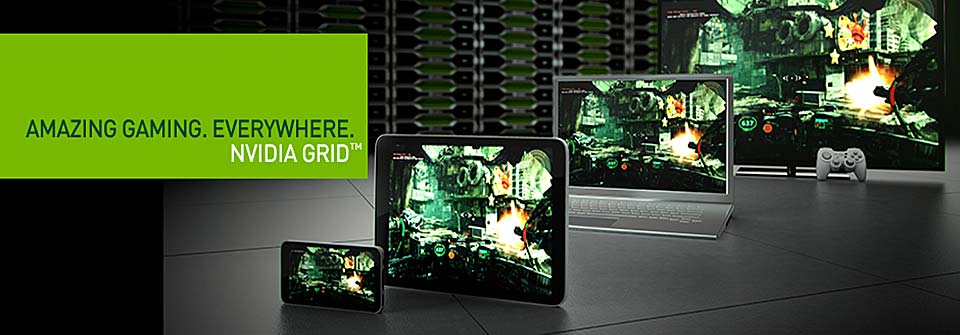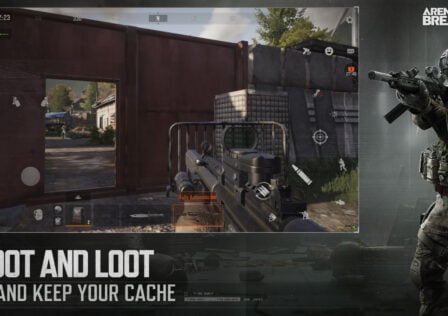nVidia had a lot to say this year during their press conference which was one of the longer ones we’ve ever attended. Along with their announcement of Tegra 4, which is now official, and Project Shield, there portable Android gaming system, and showcasing some of the upcoming Tegra 4 games like Dead Trigger 2. Also announced was nVidia’s GRID, their answer to improving cloud gaming.
nVidia’s GRID looks to improve cloud gaming by allowing developers to not have to worry about porting their games, modifying them to fit on different screens properly. Instead, nVidia’s GRID will render all of the game, especially the 3D visuals, through the cloud from the GRID servers. These servers, which look like rather cool rack style servers, are stuffed with GPUs to handle the rendering of all the 3D visuals required to make any game look good via the cloud with extremely little latency.

This solutions also offers up the ability to have access anytime to a library of gaming titles and saved games in the cloud. You’ll be able to play or continue games from any device, anywhere. On top of that, there is no new hardware, no complicated setup, no game discs, no digital downloads, no game installations, no game patches. All that is required is that the GRID client be installed on the devices you want to play games on.
For those of you hardware fanatics out there, each server will house 24 GPUs using Nvidia’s Kepler architecture and these are not the usual GPUs found in their video cards that you can buy off the shelf. These GPUs are designed specifically for the GRID. Each one also has circuitry supporting hardware virtualization thanks to Nvidia’s VGX Hypervisor software which acts as a virtual machine for both CPU and GPUs. Keeping on with that, there are load-balancing algorithms let VGX Hypervisor allocate parts of a physical GPU or CPU which, after all the gibberish really means that one GPU can handle several users smoothly and efficiently.

In a single rack of these servers, which contains 20 GRID units, there will be 240 GPUs which pumps out 200 teraflops worth of operations which equals about 700 Xbox360s according to nVidia. Apparently other companies believe this is a great solution as well as six partners have already signed up to host these racks to provide this service to anyone interested in playing games this way.
Agawi, G-cluster, PlayCast, ubitus, CyberCloud and CloudUnion, all located in different countries around the world including here in the US (Agawi) have all signed on to host this cloud gaming service. On top of that, nVidia plans to sell the GRID servers to anyone who wants to serve up 3D gaming (or content in general) from the cloud. Just to clarify, this will work on Android devices, PCs, Project Shield and any other connected device that is compatible.
Official Website: nVidia GRID





